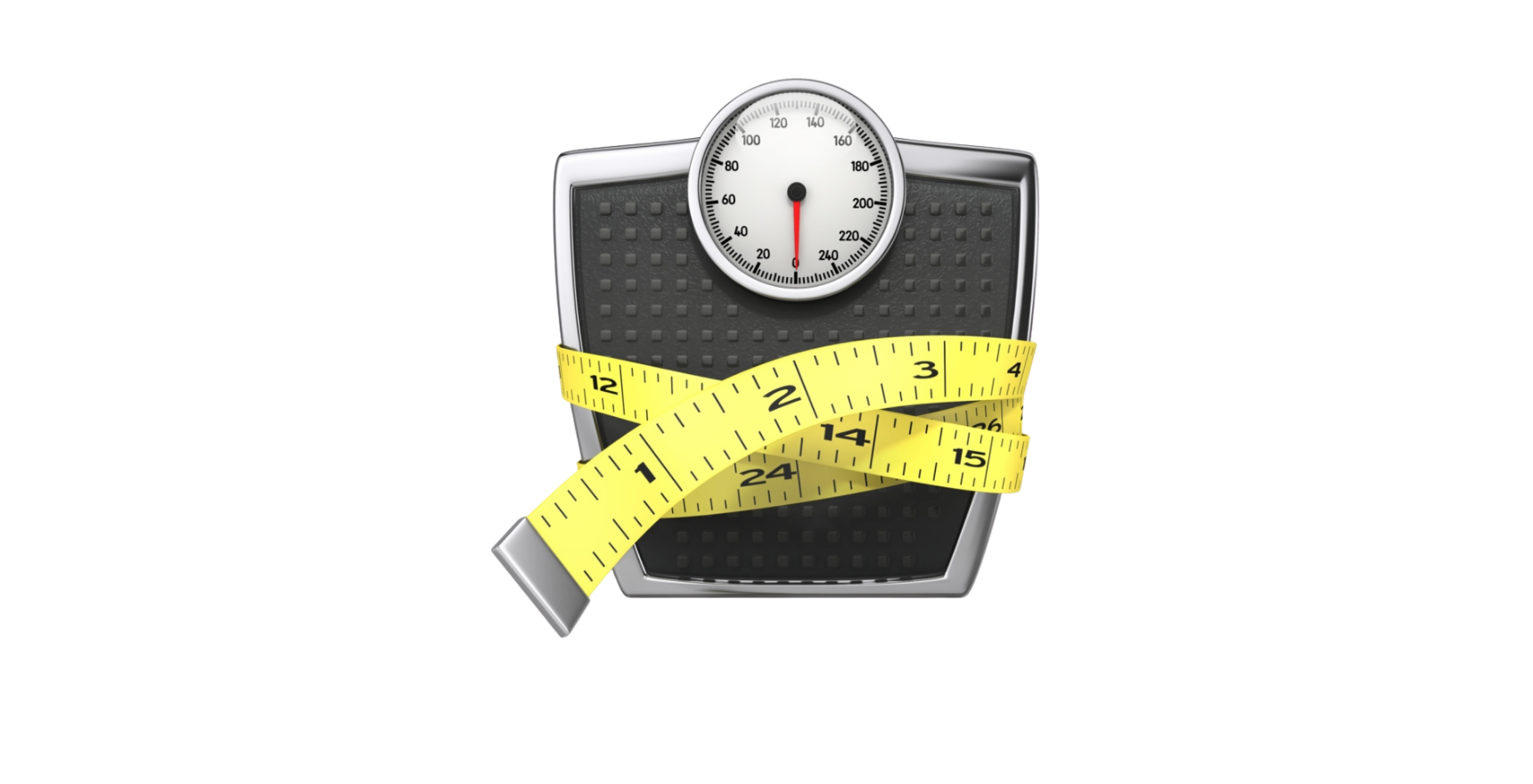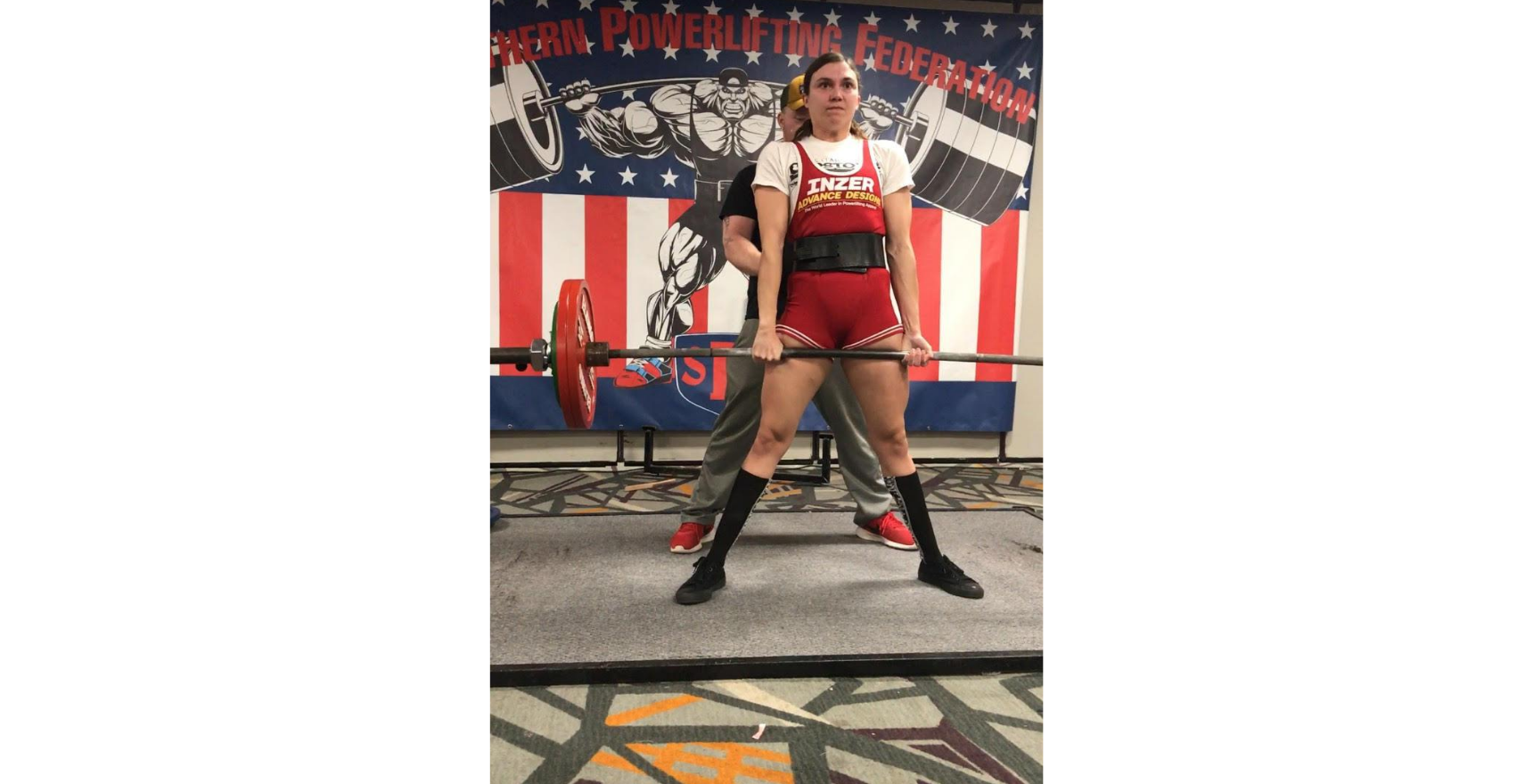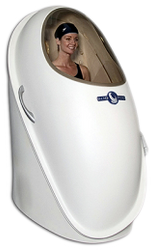Weight Loss vs. Fat Loss: How to Improve Your Health and Physique
Posted by Bridget on Aug 14th 2020
The idea of "weight loss" is something that we get berated with constantly--ads online, commercials on TV, conversations with friends... It's something that seems to be on everyone's minds, all the time.
But what do we mean when we say that we want to "lose weight"? Most people want to see the number on the scale go down. And while that might be necessary, it's important to make the distinction between weight loss and fat loss. Having a higher percent body fat is more of a concern for health than body weight.

Sadly, when attempting to lose weight, many people cut their calories too much, to the point where they are eating below their body's RMR (resting metabolic rate) and risking burning muscle instead of fat. This isn't what anyone should be aiming for. Losing muscle will actually increase your percent body fat and lower your metabolism, which will likely lead to more fat gain.
So how can you make sure to lose body fat instead of muscle? There's no guarantee, but typically if you are fueling your body properly and incorporating some form of resistance training, your body will lose fat before muscle. Here are a few other ways you can prioritize fat loss over muscle loss:
1. Consume enough protein: Consuming enough protein is essential for preserving lean muscle mass. You'll be even better off if you can spread protein intake out evenly throughout the day (multiple smaller meals is ideal), and consuming protein after exercise is important as well.

2. Eat above your RMR: If you're eating below your RMR, you aren't giving your body the calories it needs to sustain normal function. Your RMR is how many calories your body automatically burns each day, not including any physical activity, so that's why it is the baseline of how many calories you need. Our Bod Pod and Seca tests will tell you your RMR, but as a rough estimate, most women are at around 1,500 and most men around 1,900, although factors like height, current weight, and age can influence those.
3. Incorporate resistance training: Resistance training will help you gain or at least maintain muscle during a fat loss phase. During your strength workouts, focus on moving up in weight each week and increasing volume. Some people say it's not possible to gain muscle while losing fat, but we believe it can be done if your diet is on point. It's actually one of Eddie's specialties, as he has helped thousands of athletes over the years.

4. Prioritize sleep and recovery: Sleep and recovery do wonders for our health; we all know this. During a fat loss phase it is crucial to stay well-rested and to not run your body down. Rest days are important (we suggest at least 1 full rest day each week). Doing active recovery like stretching after workouts and yoga will be even more beneficials.
So next time you hear your neighbor bragging about their new 500 calorie diet, don't question if it's something you should try. The odds of sustaining such a diet are nearly impossible, and muscle loss would be inevitable. Fat loss can be hard, but it's not rocket science; it just takes a bit of knowledge and following the proper steps.
If you'd like some assistance on your health & fitness journey, feel free to call or email us and schedule a body fat test and consultation. Call 865-693-4909 for info on our Bod Pod testing or email bridgetreymondfitness@gmail.com.

